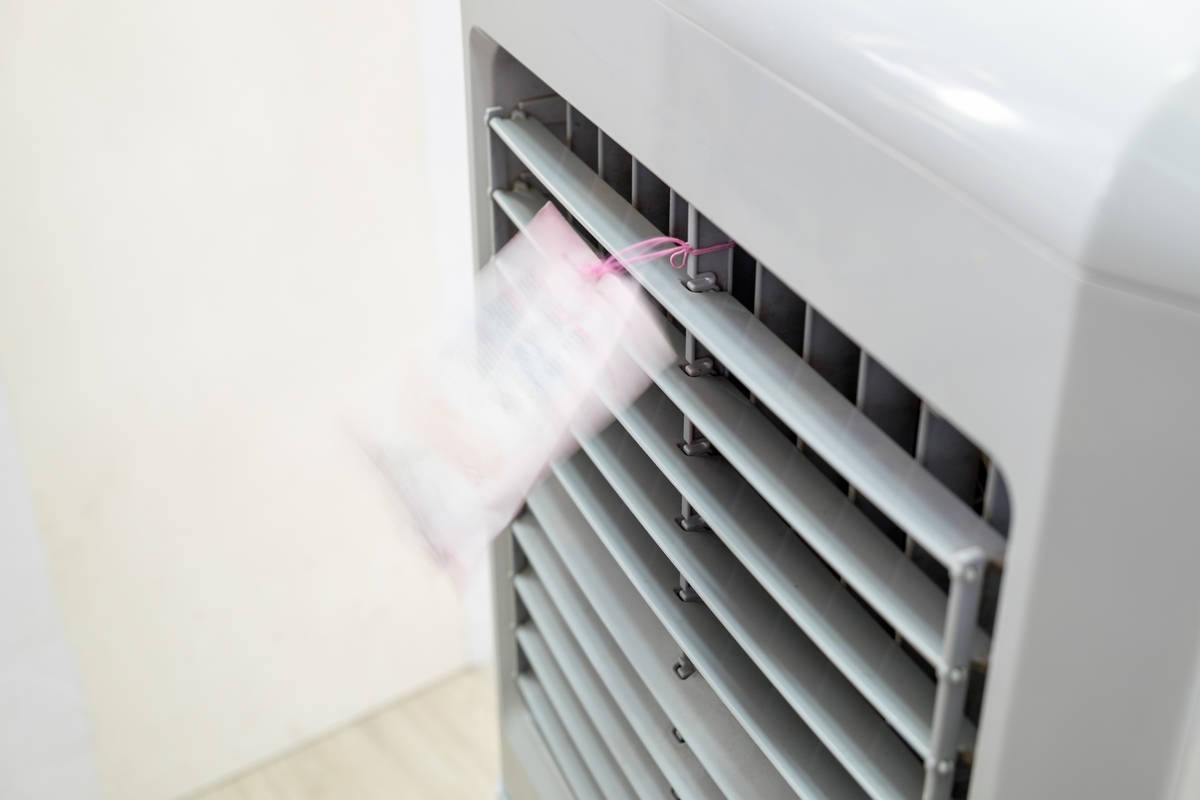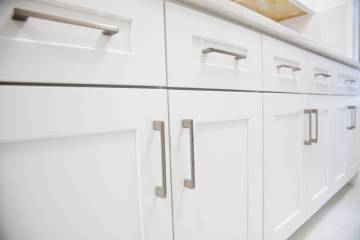Problem with swamp cooler probably broken pump
Q: I have a swamp cooler that no longer works. It blows air, but the air is not cool. The unit used to make a trickling noise but no longer does. What can be done to bring the cool air back?
A: Swamp coolers, aka evaporative coolers, are simple but effective at cooling the air, as long as the humidity is low.
Swamp coolers work by circulating warmer outside air through wet pads that cool the air. The base of the cooler has water in it where a pump picks it up and runs it to the top of the pads (or filters). The water runs down the pads as the blower draws air through the wet pads and blows it into the living space.
It sounds like the pump to your cooler is dead. Before you replace it, though, check a couple of things. Obviously, you want to make sure there is water in the base of the cooler. Your problem may be a lack of water, rather than a broken pump.
Check to see that the pump is getting power. Some pumps plug directly into a standard electrical outlet, and some are wired inside of a box in the cooler. If the pump is not getting power, check the circuit breaker or the ground fault circuit interrupter.
You might also check that the intake screen on the pump is clear of debris. The screen may be removable, but usually, it is just a series of slits that encircle the pump’s housing at the bottom. A lot of times — especially with hard water — sediment and scale will build up, which blocks the flow of water to the pump.
If you need to replace the pump, start by turning off the power. You don’t want to get shocked. The pump will be located at the bottom of the cooler.
To access it, you will need to remove one or more of the side panels and pads. The panels are held in place with a few screws, and the pads just slide in and out. Disconnect the electrical connection or just unplug the pump.
There will be a hose attached to a nipple on the pump. It may be held in place with a hose clamp, or it may just be jammed on the nipple. Remove the hose from the nipple.
The pump will be held in place with a bracket of some sort. Unscrew the pump from the bracket and remove the pump.
Take your old pump with you to buy a replacement. Home centers sell replacements for less than $25.
Your new pump may be ready to hook up, or you may have to prepare it by adding a fitting (included in the package) to the hose. Connect the hose to the pump with a hose clamp and tighten it so it is snug. Connect the bracket to the pump to hold it in place and then make the electrical connection.
As I said, you may just plug the pump into a receptacle, or you may have to wire it. If you have to wire it, the connections will be inside of a panel at the unit. Follow the manufacturer’s instructions. Make sure your connections are tight using either waterproof wire nuts or regular wire nuts, whichever the manufacturer suggests.
Replace the pads and panel covers and restore power to the cooler. After a couple of minutes, you should hear the familiar trickling sound and feel cooler air.
If the outside air is humid, the effectiveness of the swamp cooler is greatly reduced. According to the Arizona Almanac, if the outside temperature is 105 degrees and the relative humidity is 15 percent, the swamp cooler should deliver 79-degree air into your home. If the relative humidity rises to 30 percent, the temperature of the cooled air rises to a balmy 86 degrees. I think I’d rather go run through the sprinklers.
Mike Klimek is a licensed contractor and owner of Las Vegas Handyman. Questions may be sent by email to handymanoflasvegas@msn.com.
Do-it-yourself
Project: Replace a swamp cooler pump
Cost: Under $25
Time: 1 hour
Difficulty: ★★★























